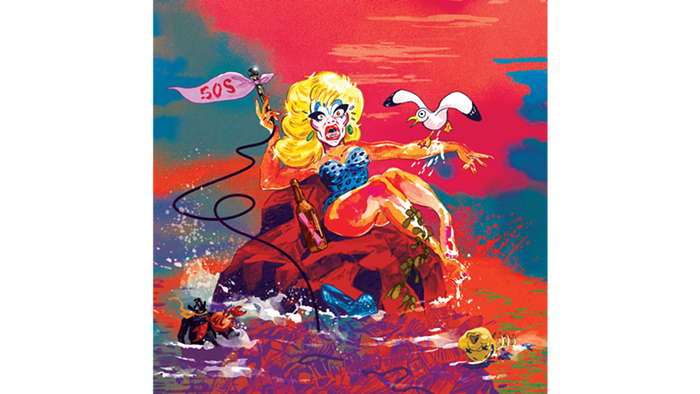Painting Revolution:
Kandinsky, Malevich, and the Russian Avant Garde
Portland Art Museum, 226-2811
Through Jan 7
In 1932, following Lenin's death, Josef Stalin ordered museums and galleries to remove and destroy work of avant-garde artists, in an attempt to squelch any revolutionary tendencies. Luckily, a few clever collectors and museum staff members chose to ignore his demands and hide the work instead. In 1988, the collection of work was allowed to surface again through the magic of glasnost.
The Portland Art Museum's current exhibit is a product of the historic unveiling. Painting Revolution: Kandinsky, Malevich and the Russian Avant-Garde includes paintings by such notables as Kandinsky, Malevich, Rodchenko, and Tatlin. And though their work inspires great awe, especially Kandinsky's "Improvisation 209" and "Composition Grey Oval," the section of the exhibit that garners the greatest attention features a lesser known member of the Russian avant-garde.
Three paintings by Pavel Filinov sit tucked in a tight corner space of the exhibit, each drawing thick crowds of viewers in to discern Filinov's hand. "Goat" circa 1930's is an oil work on paper characterized by a thick layer of paint meticulously applied to form small, geometric shapes. These shapes from the building blocks of a larger image and gather to create an appearance of embroidery. Surfacing from the brightly colored mix of triangles and squares rises a ghost image of a goat. Filinov plays with the viewer, testing them to "find the goat." The piece is immediately clever and would be considered trite if it were not for Filinov's skill.












